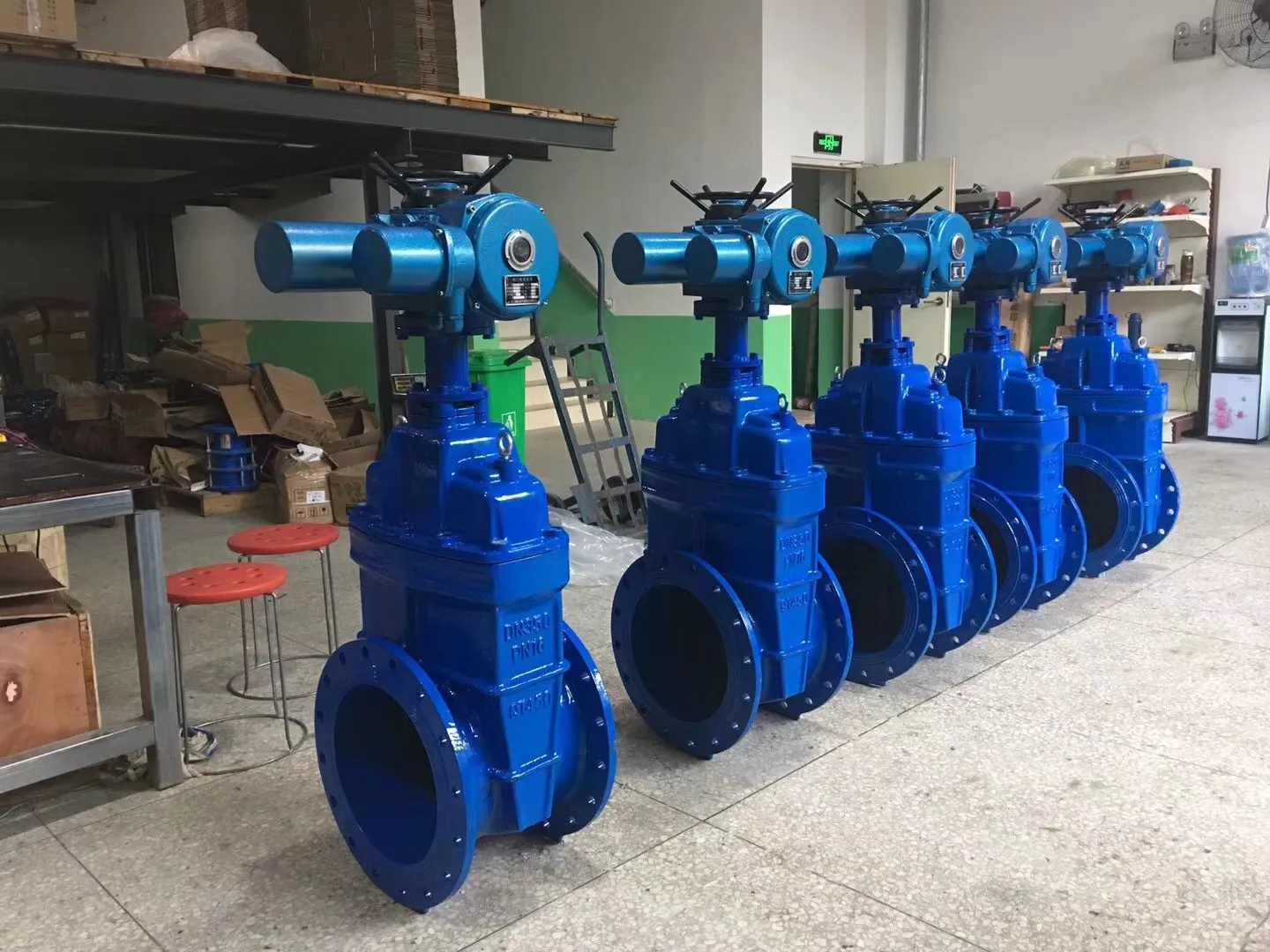Nov . 17, 2024 19:17 Back to list
go no go pin gauge
Understanding Go/No-Go Pin Gauges A Vital Tool for Quality Control
In the realm of manufacturing and precision engineering, ensuring the correct dimensions and tolerances of components is paramount. Among the tools utilized for this purpose, Go/No-Go pin gauges play a fundamental role in quality control, providing a straightforward yet effective means of verifying whether a part meets specified parameters. This article delves into the design, functionality, applications, and importance of Go/No-Go pin gauges in the industry.
What is a Go/No-Go Pin Gauge?
A Go/No-Go pin gauge is a tool used to check the dimensional accuracy of a part or feature. Typically made from high-strength materials to ensure durability and precision, these gauges come in the form of cylindrical pins with two distinct ends the Go end and the No-Go end. The Go end is designed to fit into a feature of the part being tested if the feature is within the acceptable tolerance, while the No-Go end should not fit if the part is compliant with its specifications.
This binary system of measurement simplifies the checking process, allowing operators to quickly determine whether a component is acceptable or needs further adjustment or rejection.
Functionality and Measurement Process
The functionality of Go/No-Go pin gauges is based on their precise dimensions. Each gauge is manufactured to exact specifications, and their effectiveness is derived from the simple principle of pass/fail measurement. To utilize a Go/No-Go gauge, a technician follows these steps
1. Select the Appropriate Gauge Depending on the dimensions that need to be checked, the technician selects the correct gauge size. 2. Perform the Go Check The technician first inserts the Go end into the hole or feature being measured. If it fits seamlessly, the component passes this check.
3. Perform the No-Go Check Next, the No-Go end is inserted. If it does not fit, this indicates that the feature is within the specified tolerance range.
4. Interpret the Results A successful Go and a failed No-Go confirm that the part is within acceptable limits. Conversely, if either check fails, the part is deemed out of specification.
This method prevents ambiguity and is less prone to human error compared to measuring instruments that require more intricate readings.
Applications Across Industries
go no go pin gauge

Go/No-Go pin gauges find applications across a wide array of industries, including automotive, aerospace, and manufacturing. They are particularly useful in situations where precision is critical, such as in the production of intricate machinery or parts that require high levels of fitting accuracy.
1. Automotive Industry In the automotive sector, components like engine parts and transmission systems must meet strict dimensional tolerances. Go/No-Go gauges ensure that parts will fit together correctly, supporting operational safety and performance.
2. Aerospace Given the rigorous safety standards in aerospace engineering, Go/No-Go gauges are indispensable for verifying the dimensions of critical components such as airframes and turbine engines, where any deviation from specifications could lead to catastrophic failures.
3. Manufacturing In general manufacturing, these gauges help maintain product consistency and quality. They facilitate mass production by allowing rapid inspection processes, thus preventing defective products from advancing through the manufacturing stages.
Importance of Go/No-Go Pin Gauges
The significance of Go/No-Go pin gauges extends beyond mere measurement; they embody a methodology that upholds quality assurance. Some key benefits include
- Cost-Effectiveness By ensuring that defects are identified early in the production process, manufacturers can save on costs associated with rework and scrap.
- Simplicity and Efficiency The straightforward application of Go/No-Go gauges allows for faster inspections, contributing to increased productivity.
- Reliability The rigid design and high-quality materials used in these gauges contribute to their durability, making them reliable tools for consistent measurement over time.
Conclusion
In summary, Go/No-Go pin gauges are integral to maintaining quality control in various manufacturing processes. Their ability to provide a clear, straightforward pass/fail assessment allows companies to uphold stringent quality standards, reduce waste, and enhance productivity. As industries continue to evolve and demand higher precision, the role of Go/No-Go gauges remains vital, serving as a backbone in quality assurance efforts across the globe.
-
Y Type Strainer Maintains System Efficiency Long TermNewsJul.15,2025
-
Valve Selection Guide for Industrial ApplicationsNewsJul.15,2025
-
Steel Fab Table Provides Durable Work Surface for WeldingNewsJul.15,2025
-
Pad Iron Provides Stable Support for Heavy MachineryNewsJul.15,2025
-
One Inch Check Valve Fits Standard Plumbing SystemsNewsJul.15,2025
-
Measuring Micrometer Ensures Precise Dimensional AccuracyNewsJul.15,2025
Related PRODUCTS









